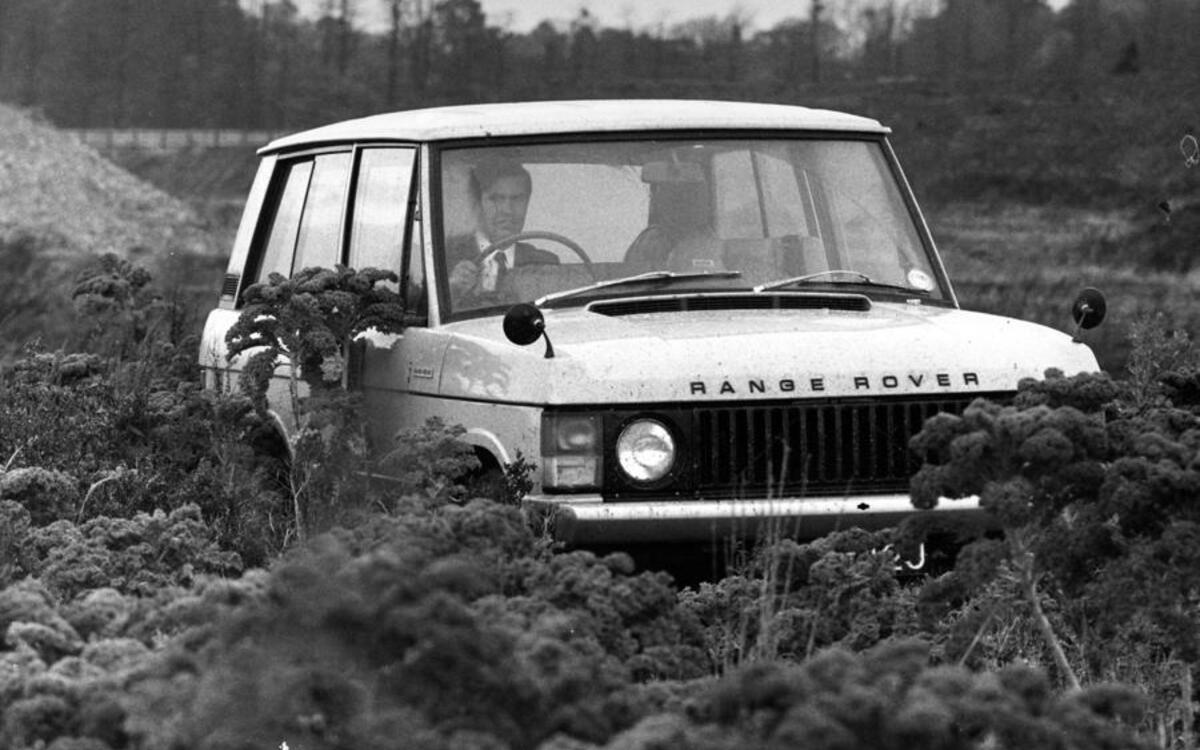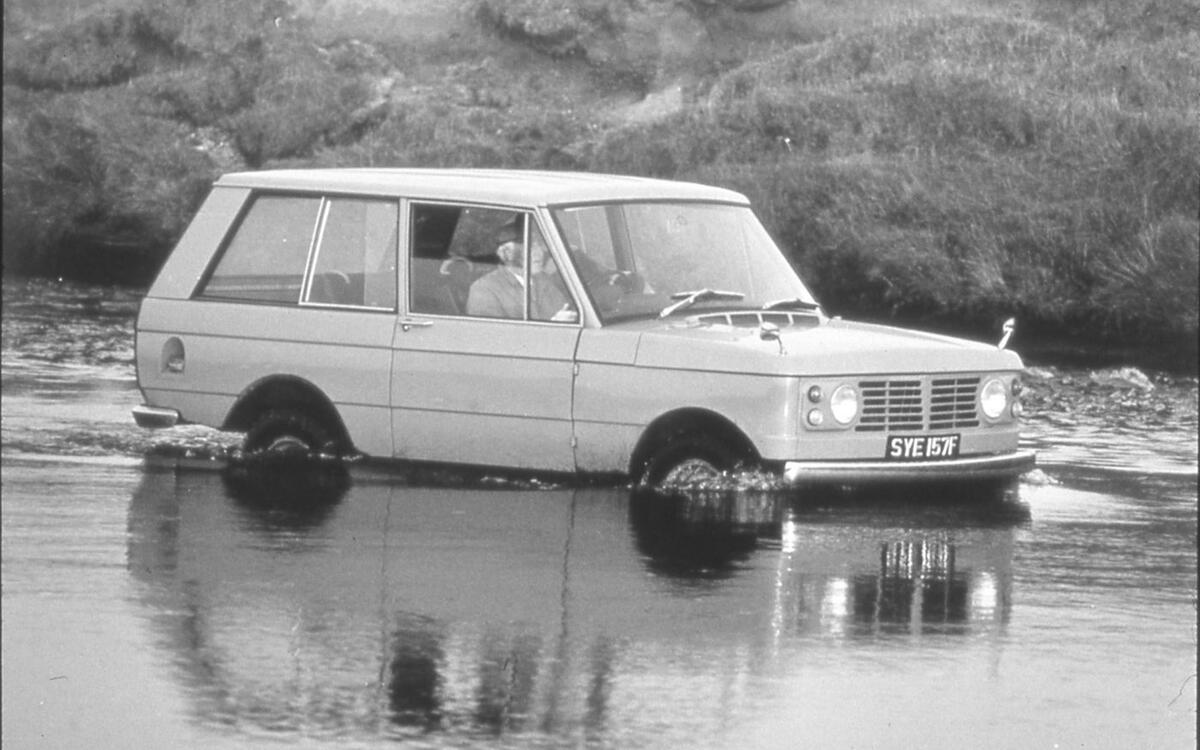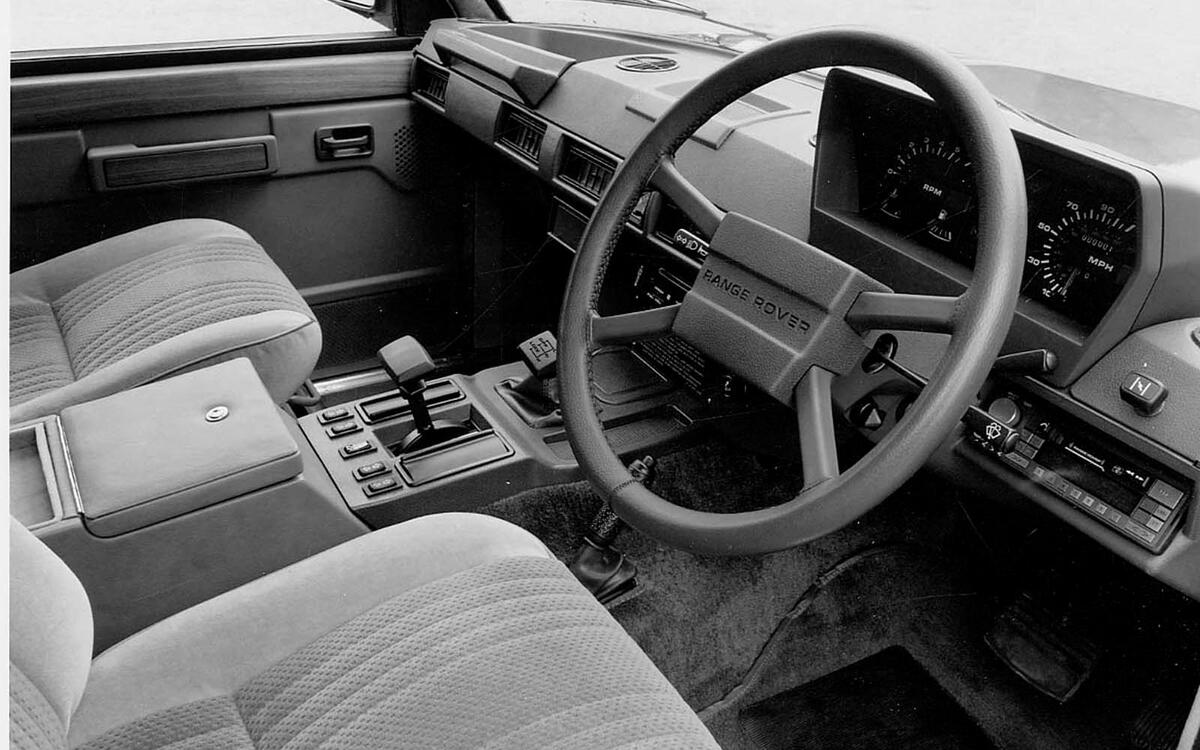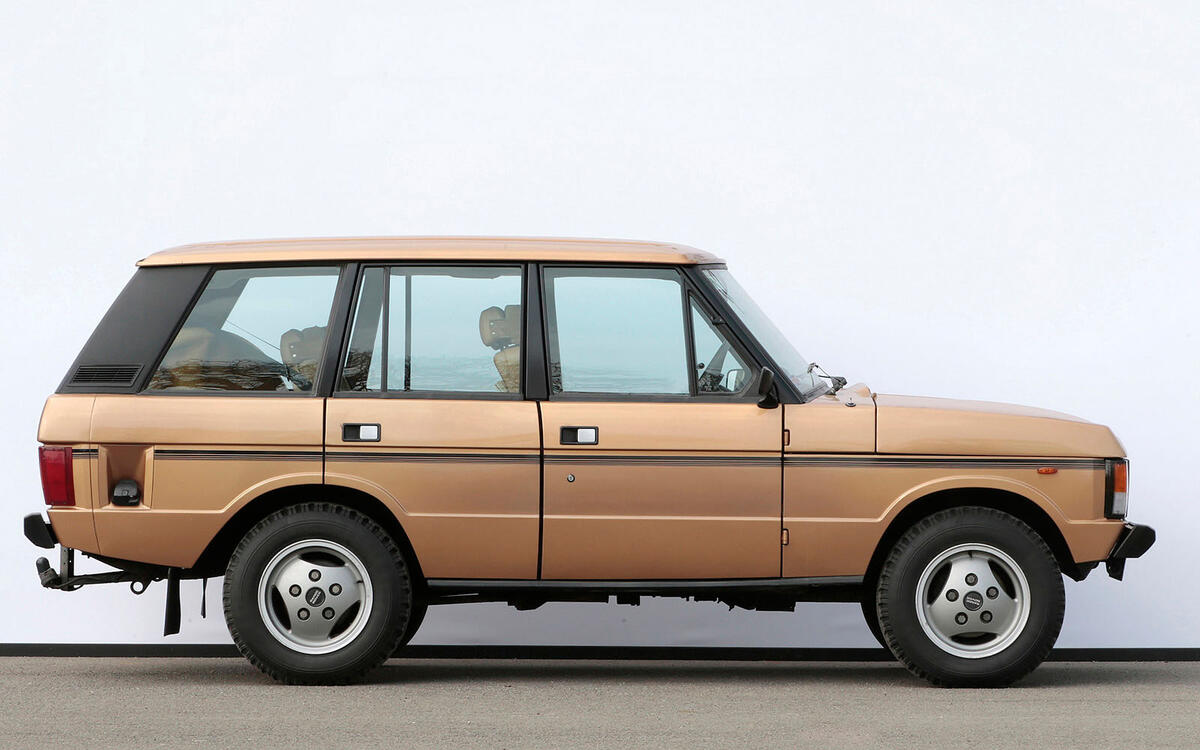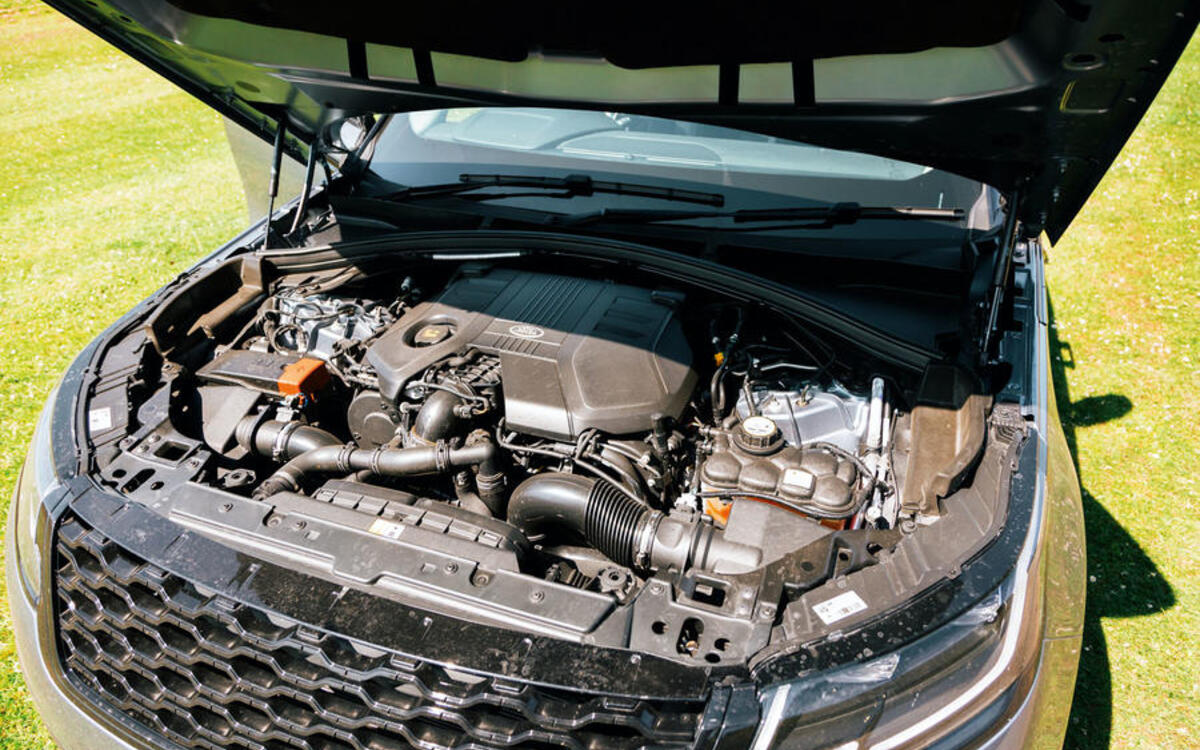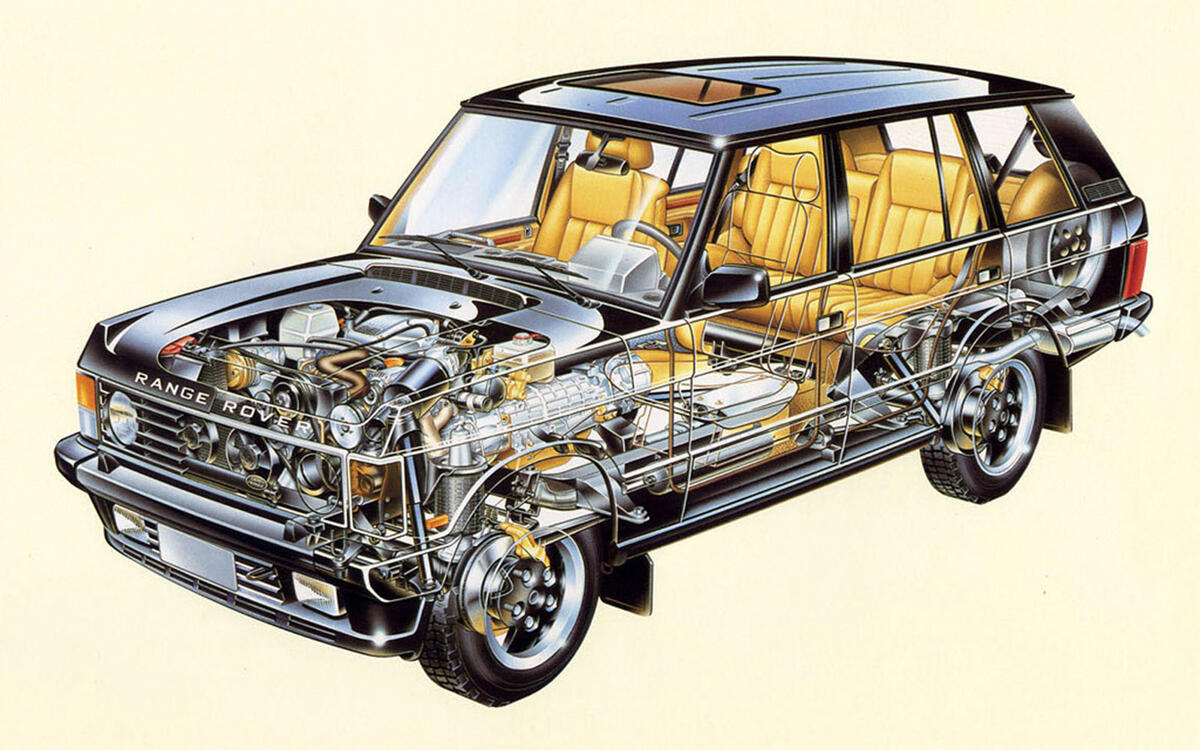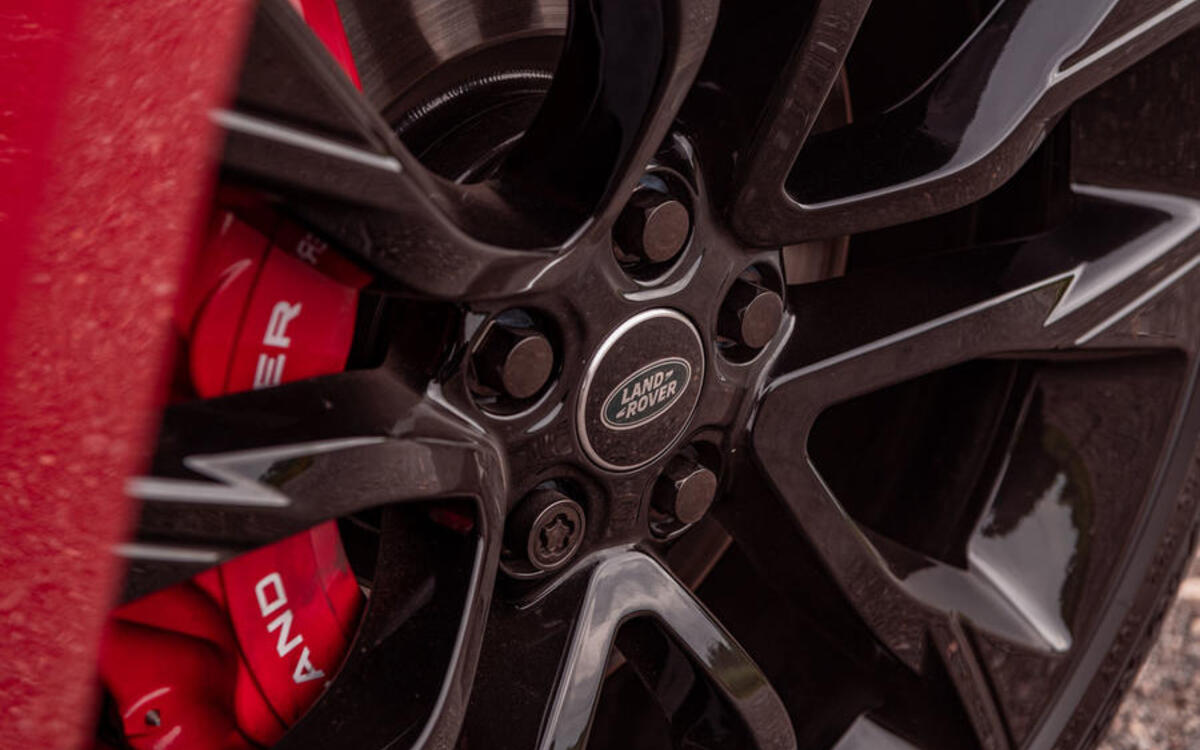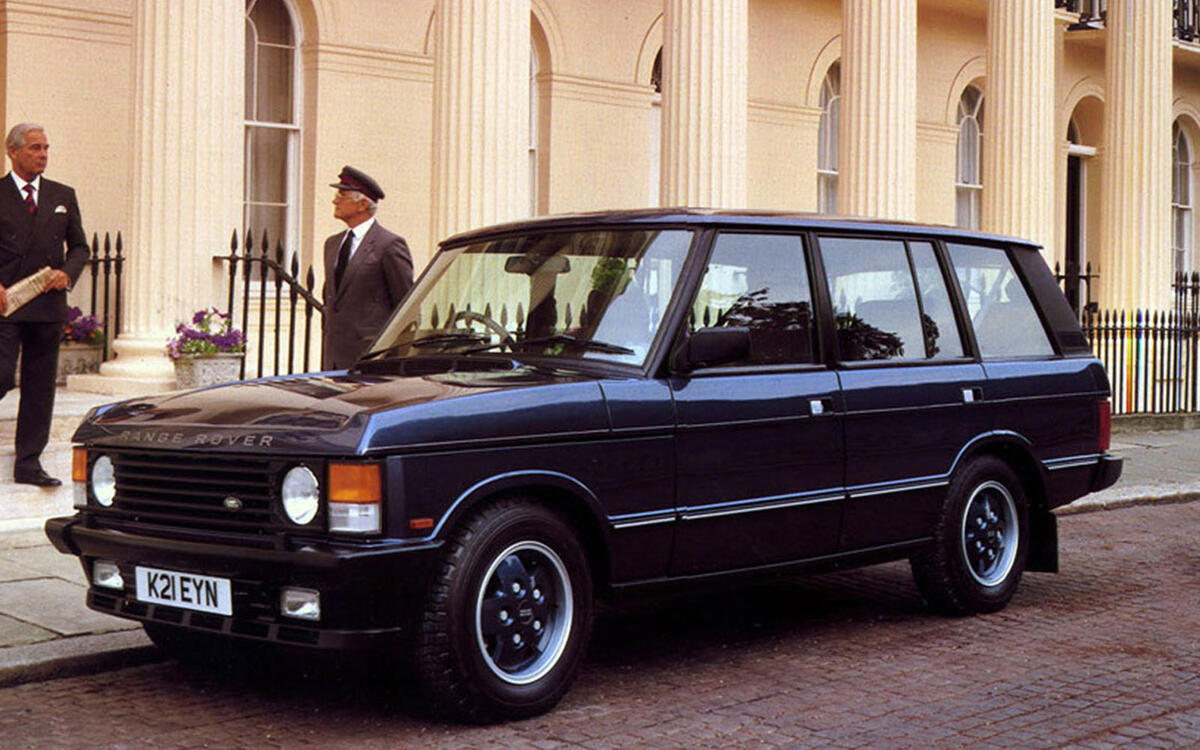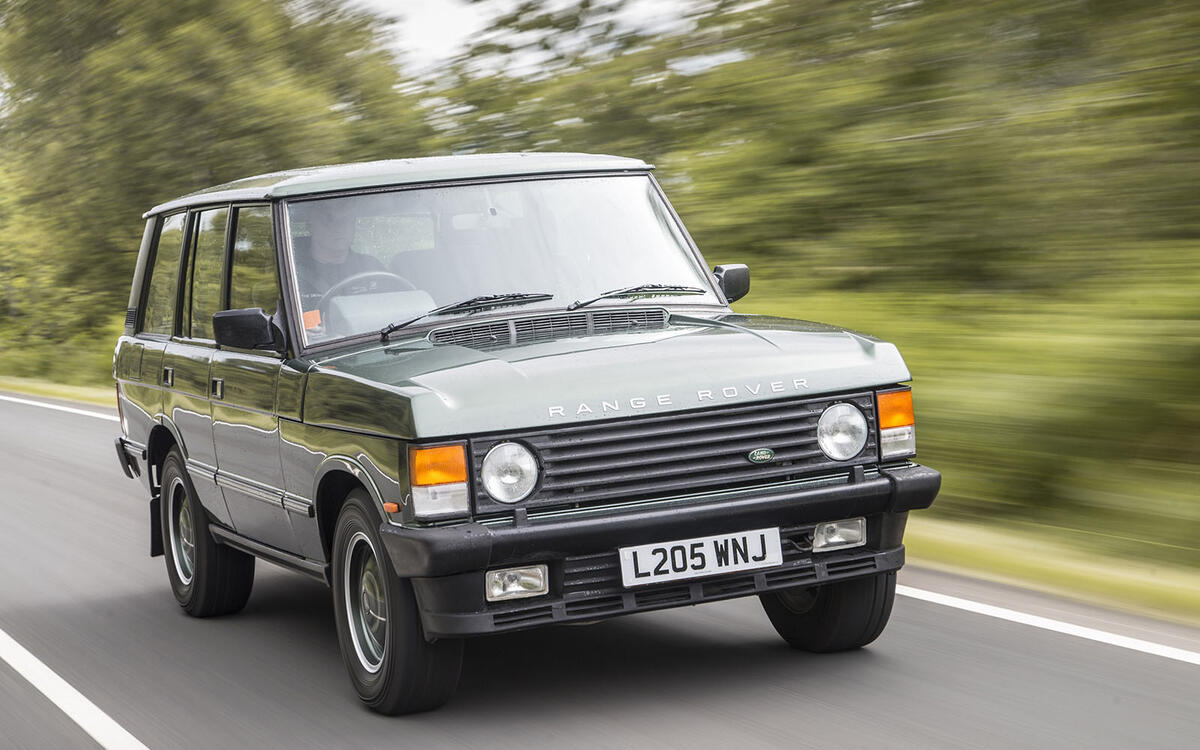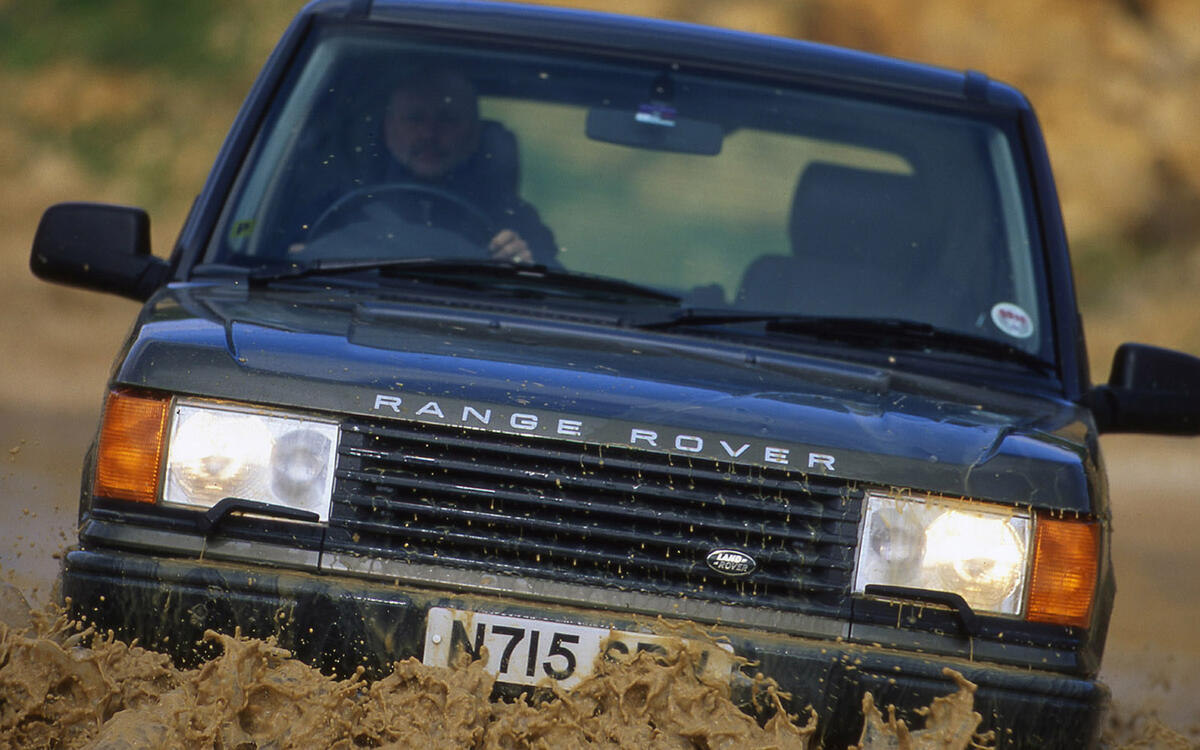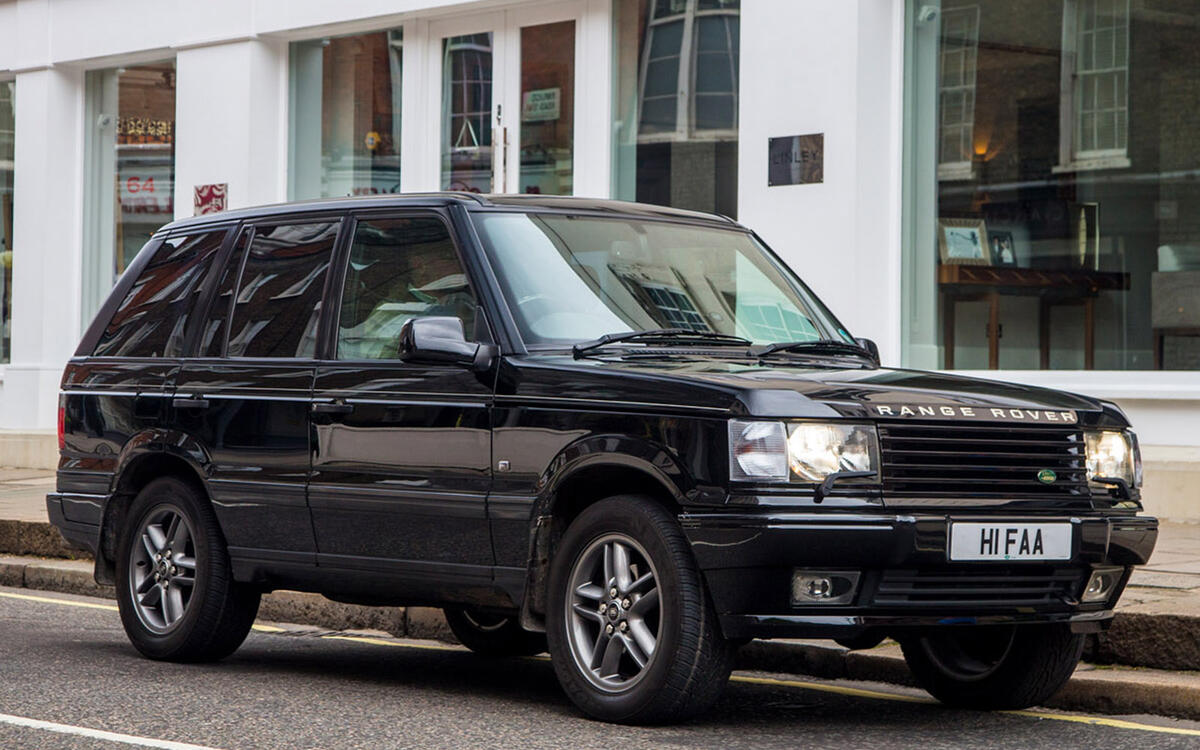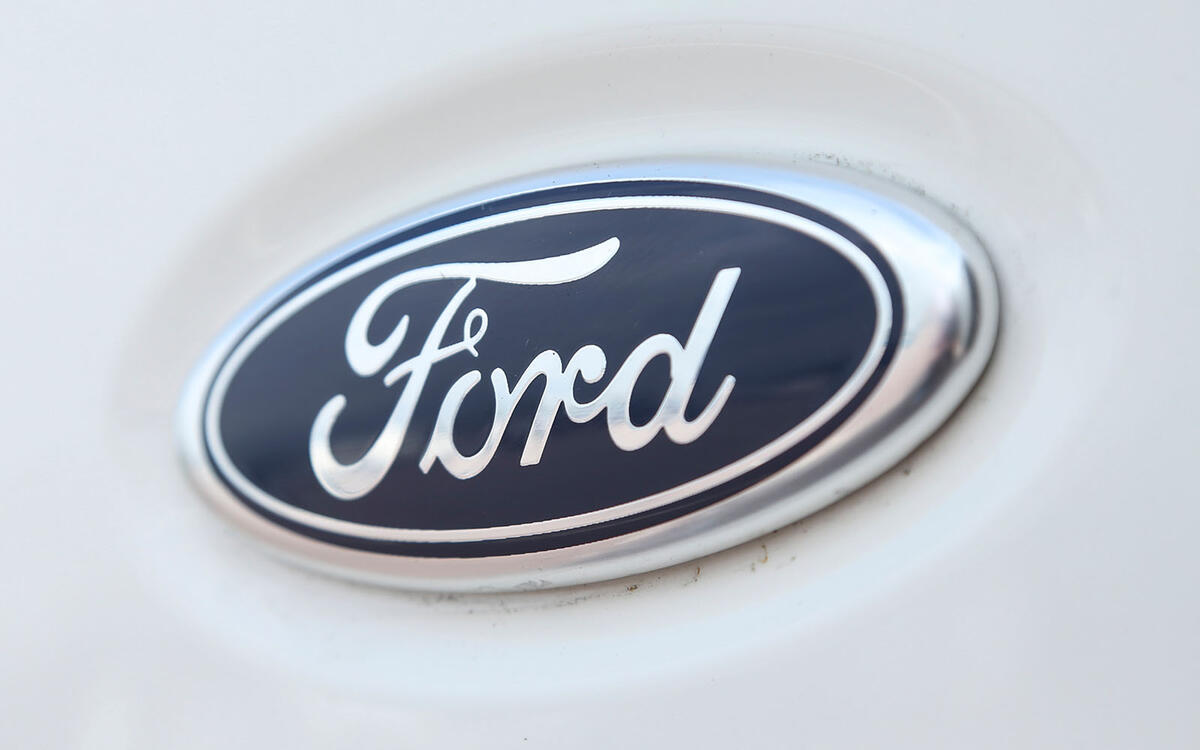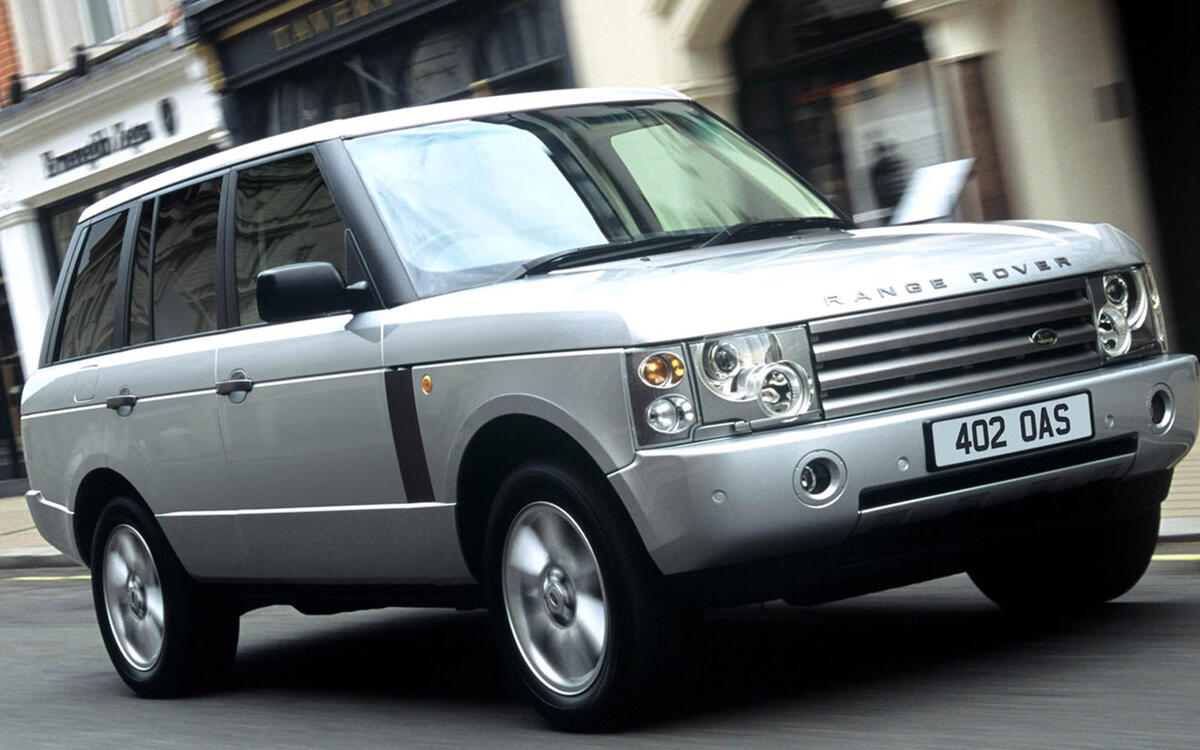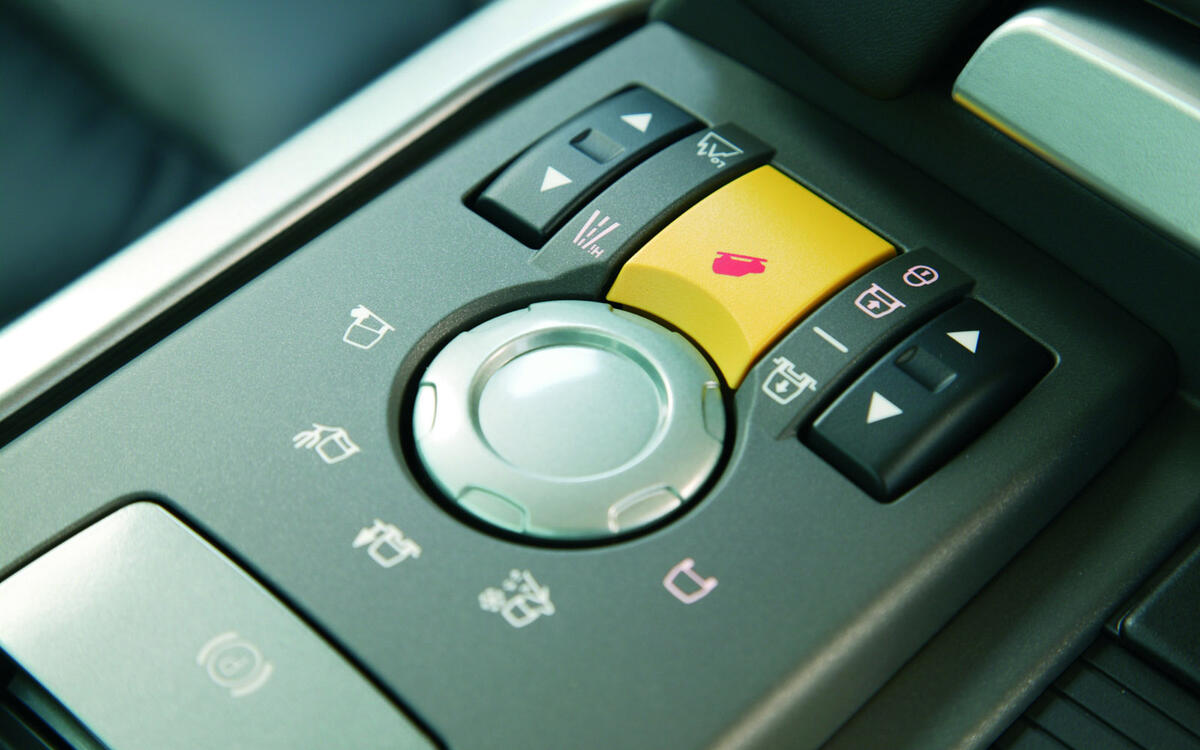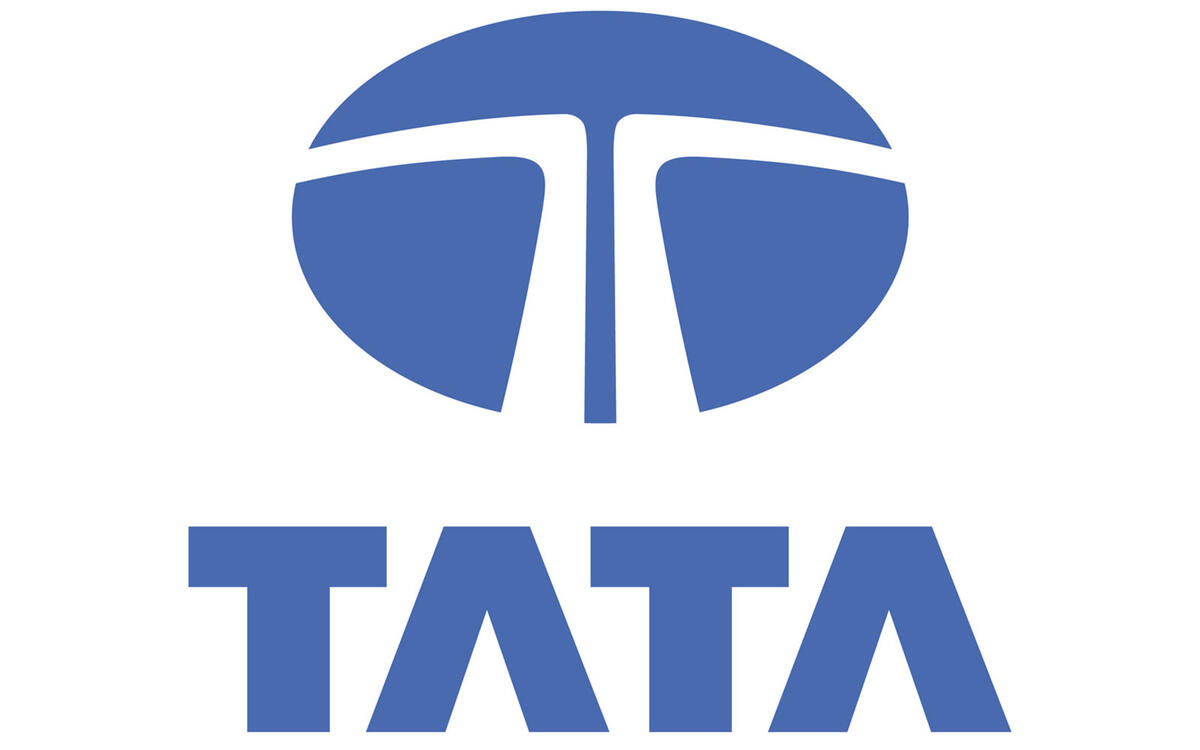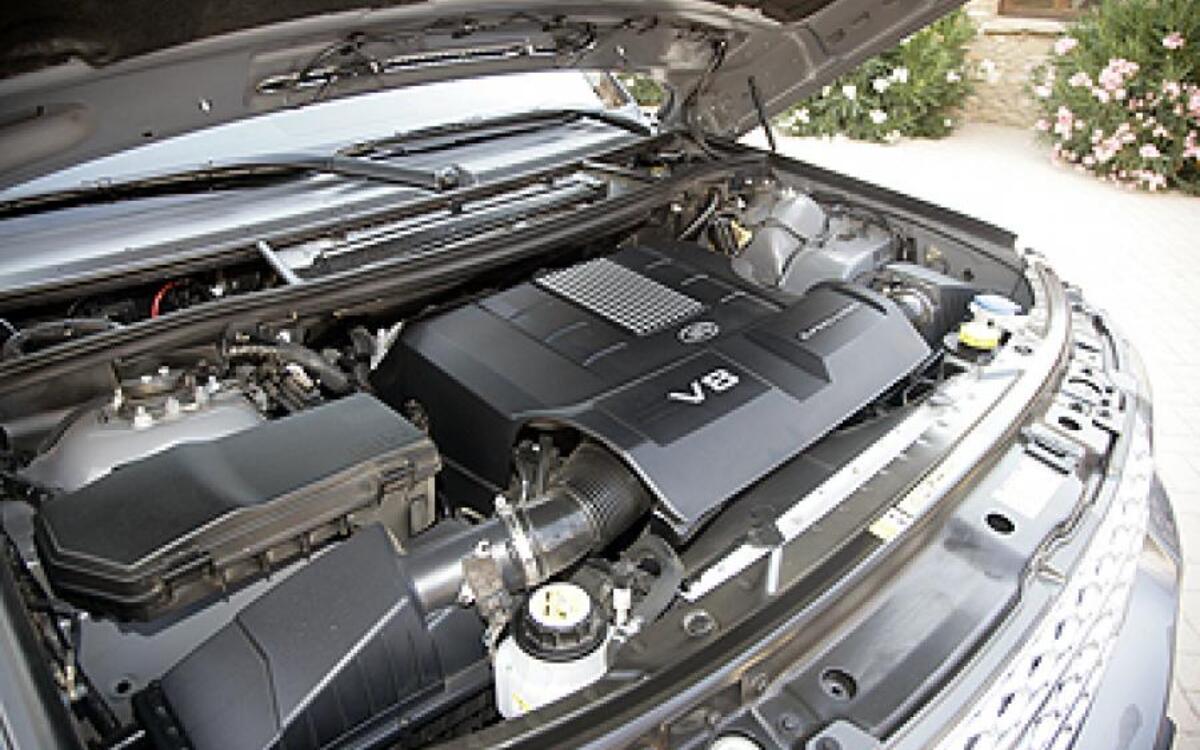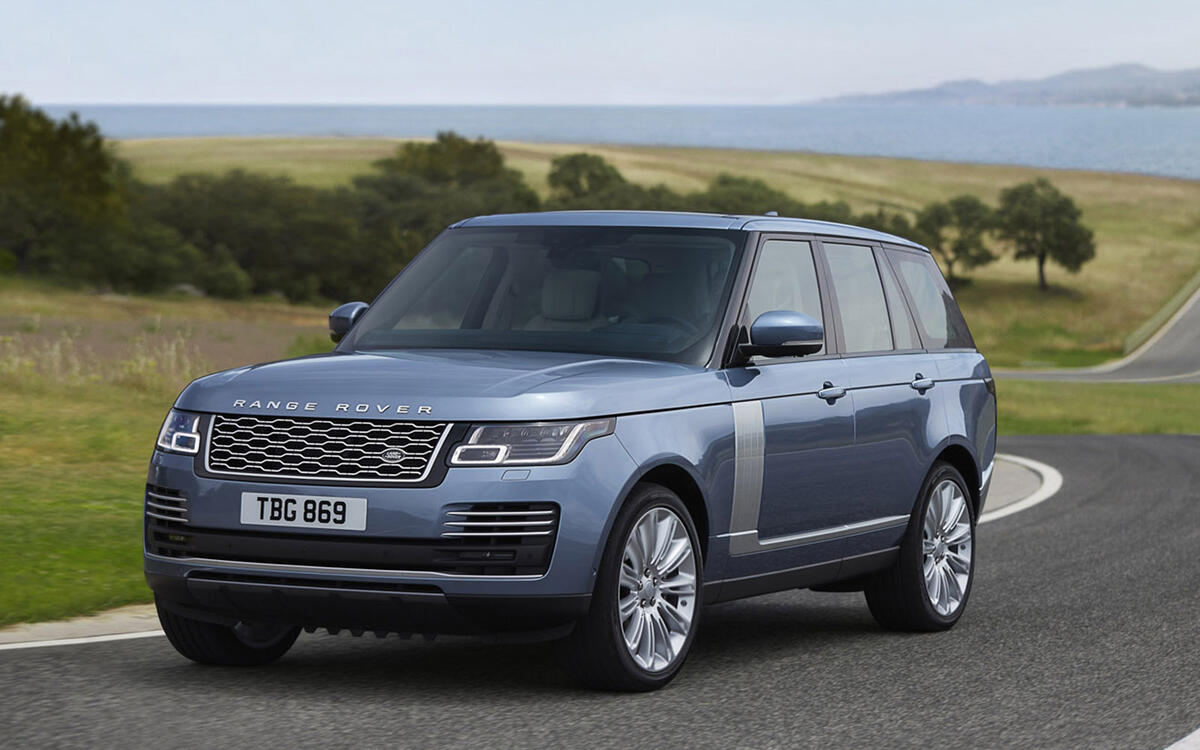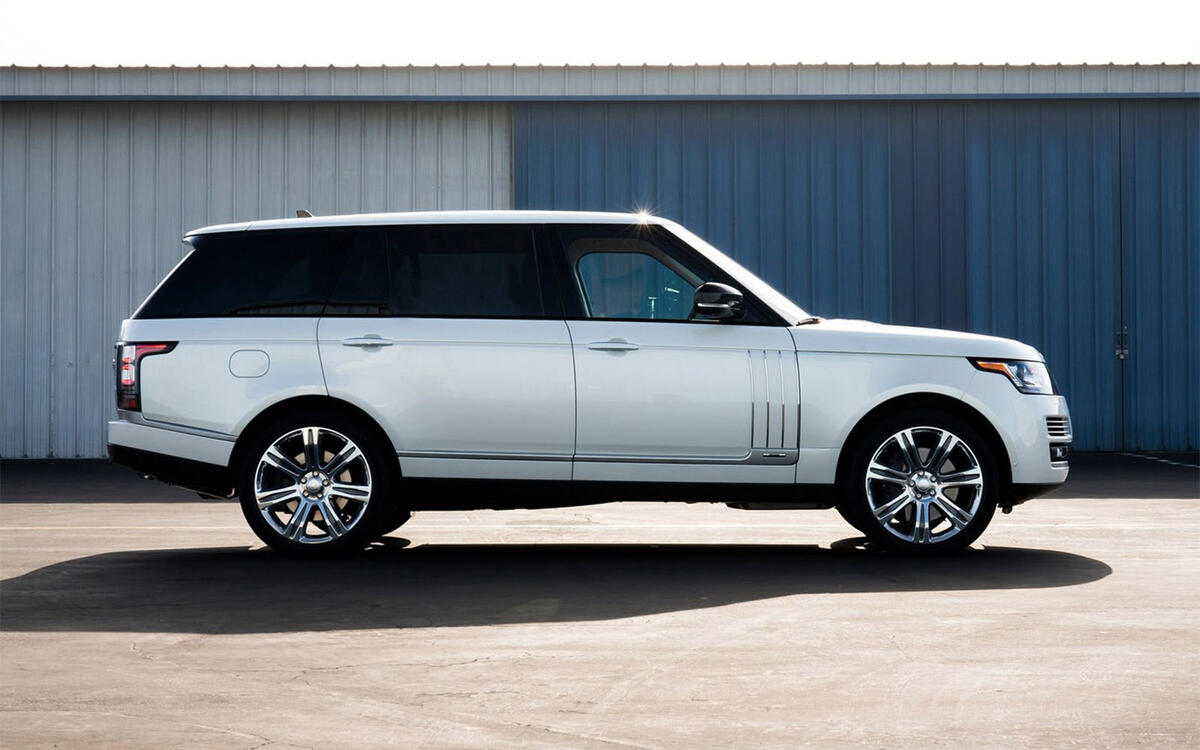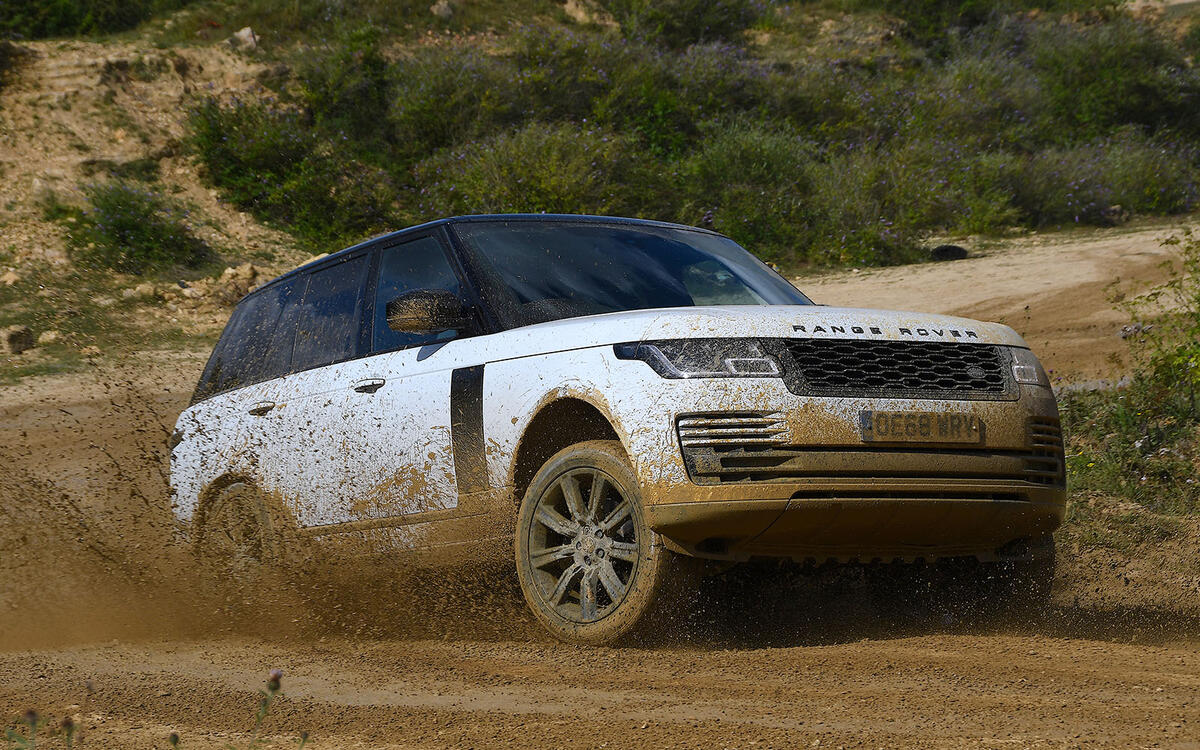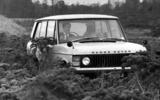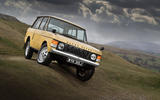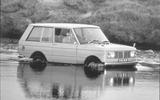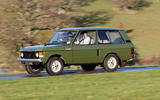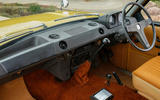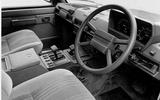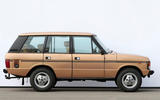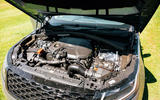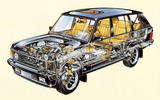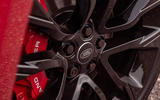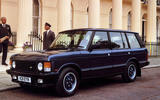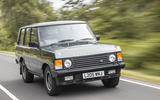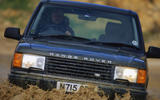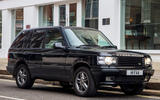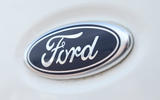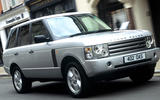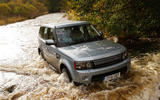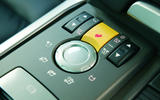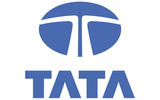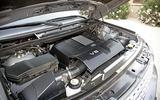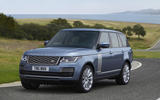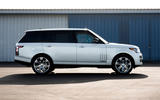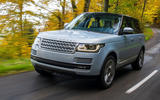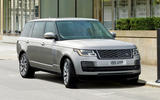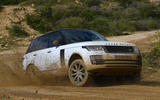 Slide of
Slide of
2020 marks 50 years of the Range Rover.
Land Rover’s seminal 4x4 arrived in 1970 and would go on to define the premium off-road class. But where did the story start, and how did three engineers working out of hours create the outline of what would become the Rover Company’s all-new model?
 Slide of
Slide of
1965 - Origins of the lifestyle Land Rover
The Range Rover story begins in 1965, when the concept of a lifestyle Land Rover was first mooted. The company had recently begun producing Land Rovers designed for the road in the form of the imaginatively named Road Rovers; however, it would be another few years before anything recognisably Range Rover-like would emerge from the Gaydon pipeline.
 Slide of
Slide of
1967 - Concept becomes prototype
The first real forerunner to the modern Range Rover was designed in 1966 and brought to fruition within two years. It’s name - variously ‘Alternative Station Wagon’, ‘100-inch Station Wagon’ and ‘Concept Oyster’ - wasn’t the catchiest of things. Thank goodness, they settled on Range Rover.
The first prototype emerged in 1967. Although it’s outline was recognisably Range Rovery, the inside consisted mostly of Land Rover hardware such as axles, selectable four-wheel drive and drum brakes all cribbed from the extant 4x4.
That all changed with the second prototype, however. This car featured prototype full-time four-wheel drive and a Boge Hydromat self-levelling strut to maintain ride height at the back, all of which would be transferred into future production cars.
 Slide of
Slide of
1970 - Mk1 Range Rover is launched
The first generation Range Rover was launched to the world in 1970, and the world loved it. It was a truly modern, airy design, while at the same time respectful of its humbler ancestor, and exuded self-confidence. It was fitted with a 130bhp engine, and featured a body-on-frame design with box-section chassis.
When Autocar first tested it, we said that we were “tremendously impressed by the Range Rover, and feel it is even more deserving of resounding success than the Land-Rover.”
It was not designed as a luxury car – just one that was more comfortable and had better road-manners than the Land Rover. It featured vinyl seats and plastic floors, designed so that they could easily be hosed out. The luxuriousness that Range Rover is famous for today would arrive incrementally, triggered by customer demand.
 Slide of
Slide of
1973 - Power steering made driving a Range Rover that bit easier
In 1973, the Range Rover gained hydraulic power steering, enhancing drivability considerably and taking Land Rover’s soon-to-be flagship car to another level.
 Slide of
Slide of
1981 - Land Rover breaks out on its own
In 1980, British Leyland was now under new management and it made Land Rover a stand-alone entity within the wider group. This gave it more freedom to exploit opportunities, as shown by the new four-door Range Rover of 1981.
In the same year, Land Rover emphasised the Range Rover’s credentials as a luxury vehicle by launching a limited edition ‘In Vogue’ version. The name isn’t coincidental, for the In Vogue Rangie debuted in Vogue magazine, claiming an 8-page spread in the March 1981 issue of the famous fashion mag. The Range Rover was moving up in the world.
 Slide of
Slide of
1982 - The Range Rover goes automatic for the first time
A Range Rover with a manual gearbox was only ever going to get so far in the luxury space, so the arrival of an automatic transmission option in 1982 quickly helped sales.
 Slide of
Slide of
1985 - More power, courtesy of fuel injection
The addition of fuel injection would see the Range Rover’s power output skyrocket to 155bhp, giving the luxury workhorse a significant amount of extra pace. By way of comparison, it was the same number of horses as the LG4 powerplant used in the Pontiac Firebird that same year.
 Slide of
Slide of
1986 - The first Range Rover to drink from the black pump
The Range Rover Turbo D began rolling off the production line in the autumn of 1986, although Land Rover prioritised sales on the continent ahead of the UK, so the first cars were left-hand drive.
Prior to coming to market, the new diesel powertrain was tested in a gruelling drive from John O’Groats to Land’s End to showcase its improved fuel economy. It managed an incredible total consumption of 53mpg.
 Slide of
Slide of
1987 - Land Rover crosses the Atlantic
Despite being inspired by American vehicles, the Range Rover did not go on sale in that market until 1987. A total of 2,586 Land Rover cars were sold in America that first year, those numbers would grow substantially over time. By 2019, Land Rover would see annual sales of 125,787 cars.
 Slide of
Slide of
1989 - Upgrades push the Range Rover further upmarket
By the late 1980s, the Range Rover faced difficulties. Land Rover gave its luxury 4x4 a 3.9-litre V8 and anti-lock brakes to help ward off the challenge of newer cars like the Mitsubishi Shogun, sold in other markets as the Montero and Pajero.
 Slide of
Slide of
1992 - Long wheelbase Range Rover arrives
The ‘LSE’ Range Rover introduced electronically controlled air suspension and traction control to the Range Rover brand. The longer wheelbase increased rear-passenger legroom compared to previous, 100-inch wheelbase models, thus providing more luxury.
 Slide of
Slide of
1993 - Autobiography customisation delivers more luxury
Alongside a 4.2-litre V8 petrol engine, Land Rover’s now signature ‘Autobiography’ customisation was the next big change to happen to the Range Rover line. Early cars were entirely bespoke, with demand proving so high that the company would eventually adopt the trim level as a regular edition of the car.
Autobiography cars remain Land Rover’s range-toppers today, with the British marque’s Special Vehicle Operations arm personally preparing all such examples. An Autobiography model was recently made for Anthony Joshua, the British heavyweight boxing champion.
 Slide of
Slide of
1994 - BMW power arrives for the first time
The P38A Range Rover saw the introduction of the design accents that characterise current Range Rovers, such as angular headlights, while a 108.1in wheelbase ensured excellent passenger legroom. Perhaps the biggest shift, however, was under the bonnet.
The Rover Group was acquired by BMW in 1994, which meant the possibility of using BMW-sourced powertrains for the first time. As well as an updated Rover V8, the Range Rover was then sold with an optional BMW-built six-cylinder turbo-diesel.
 Slide of
Slide of
1999 - The most expensive Range Rover yet
£100,000 ultra-luxurious ‘Linley’ edition arrives with sat-nav, TV and VCR. Though it has since been supplanted, the Linley was the most exclusive Range Rover to date and the first with a 6-figure price tag. Lord Lindley designed elements of the car’s outside and interior and also gave the SUV its name.
 Slide of
Slide of
2000 - Land Rover changes hands
Ford assumed ownership of Land Rover from BMW in March 2000, seeing the American giant expand its stable of brands that at the time included Jaguar, Volvo and Aston Martin.
The purchase would cost Ford £1.85 billion to secure, and completed the break-up of the Rover company.
 Slide of
Slide of
2002 - P38A generation ushers in a new era
BMW was not impressed by the P38A Mk2 Range Rover it inherited in 1994, and had started work on its replacement before the brand was sold. The resulting L322 version was launched in 2002 and was so important that then-British prime minister Tony Blair came to its launch. Though largely BMW-developed and funded, Ford (and later Tata) would reap the benefits from sales of this far superior car.
It initially featured powerful and refined BMW engines, which were later replaced by Jaguar and Ford units, and featured much-enhanced electronics and equipment from the contemporary E39-generation BMW 5 Series.
Comfort and luxury levels were far higher than on any previous Land Rover, cementing the status of the Range Rover as a premium car and as an increasingly fierce competitor for traditional saloons like the Mercedes-Benz S-Class, BMW 7 Series and Audi A8. In America, the Range Rover has outsold both 7 Series and A8 since 2013, and even got close to the sales of the S-Class in 2016.
2002 was also the year that Land Rover produced its 500,000th Range Rover.
 Slide of
Slide of
2005 - Supercharging grants the Range Rover true pace
The Range Rover Supercharged gave the Range Rover the engine it always deserved. Generating an almighty 400bhp, this 4.2-litre V8 created 420lb ft of torque to improve off-road capability. Autocar called this “the most complete Range Rover yet”.
 Slide of
Slide of
2006 - Diesel V8 power arrives
At last, the Range Rover was graced with a diesel V8 powertrain. The TDV8 drew strong praise from Autocar, which commended it as the engine that the Range Rover ‘has always needed’. Performance was transformed. Power climbed by 54 per cent over the outgoing TD6, from 174bhp to 268bhp, and torque swelled by an even more spectacular 64 per cent, from 287lb ft to 472. 0-60mph dropped from 12.7 to 8.5sec.
The other big improvement for this Range Rover was Terrain Response. Transferred from the Land Rover Discovery, this system offered five modes and was standard on all Range Rovers, adding yet another feather to their off-roading caps.
 Slide of
Slide of
2008 - Land Rover changes hands again
After a complicated deal, Tata bought Jaguar Land Rover from Ford for £1.2 billion in 2008. The Indian giant promised to keep the “identities” of Jaguar and Land Rover “intact” and we reckon that promise has surely been fulfilled.
 Slide of
Slide of
2009 - Range Rover gets its most powerful engine yet
The quickest Range Rover received a new, supercharged 5.0-litre petrol V8 engine for the 2010 model year. This gave the luxury SUV 503bhp and Steve Cropley one more reason to wax lyrical in his first drive review.
 Slide of
Slide of
2012 - Another new generation improves the formula
The latest Range Rover was codenamed L405 when it arrived in 2012. Autocar called it as “revolutionary as at any time in the iconic 4x4’s history”. Key upgrades included an increased wheelbase (now a princely 115.0in), all-aluminium bonded chassis, 5.0-litre V8, TDV6 and SDV8 engines, updated Terrain Response, electrically assisted power steering and active roll control, among other goodies.
 Slide of
Slide of
2013 - Longer wheelbase makes a return
A further wheelbase extension was introduced in 2013, giving the Range Rover a whopping 122.8in and further bolstering its luxury credentials for rear passengers.
 Slide of
Slide of
2014 - Hybrid power arrives
With the environmental impact of our cars becoming an increasing concern, it was only a matter of time before Land Rover’s flagship luxury car got the electric treatment. The first hybrid Range Rover appeared in 2014, blending improved efficiency and, of course, lower emissions, with the off-road prowess and durability of the standard Rover.
 Slide of
Slide of
2017 - Entering a new era of electrification
A plug-in hybrid Range Rover followed in 2017. The P400e PHEV combined a 296bhp 2.0-litre four-cylinder Ingenium petrol unit with a 114bhp electric motor, offering a total output of 398bhp. More importantly, it emitted just 64g/km of CO2 on a combined cycle.
 Slide of
Slide of
2019 and beyond
From its roots in the humble ‘100-inch Station Wagon’, Land Rover has now built 1.19 million Range Rovers to date and sold them in countries all over the world. The Range Rover is a 4x4 icon.
Category:
Luxury SUV


